Refrigerator Maintenance 101: A Comprehensive Guide
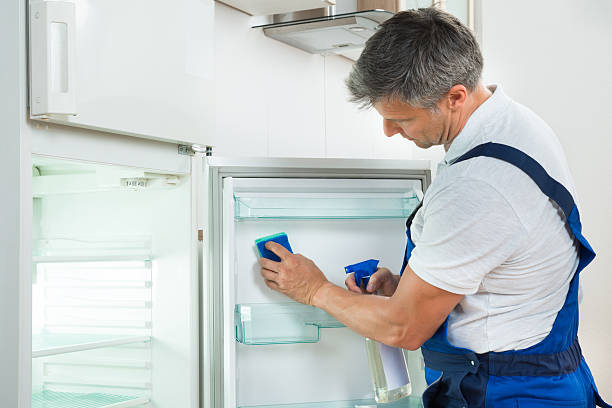
Key Takeaways
- Maintaining your refrigerator is essential for preserving food freshness and managing energy bills effectively.
- Follow five simple maintenance steps including keeping the fridge and freezer adequately full, cleaning door seals, setting moderate temperatures, ensuring unobstructed vents, and vacuuming underneath and behind the fridge.
- Utilize five essential tools such as a vacuum cleaner, soft cloth or sponge, thermometer, condenser coil brush, and door seal inspection tool to aid in refrigerator maintenance and optimize performance for prolonged lifespan and energy efficiency.
Maintaining your refrigerator is crucial for keeping your food fresh and your energy bills manageable.
In this guide, we’ll explore five straightforward maintenance steps to ensure your refrigerator operates efficiently. Additionally, we’ll introduce five essential tools that can assist you in maintaining your appliance.
By following these steps and utilizing the right tools, you can extend the lifespan of your refrigerator and optimize its performance.
Whether you’re a new homeowner or looking to improve your appliance’s efficiency, this comprehensive guide will provide you with the knowledge and tools you need to keep your refrigerator in top condition.
Let’s dive in and learn how to keep your fridge running smoothly for years to come.
5 Simple Refrigerator Maintenance Steps
- Keep Your Fridge and Freezer Comfortably Full: Maintaining a consistent level of food in your fridge and freezer helps regulate temperature fluctuations, leading to improved efficiency. Aim to keep both compartments at least two-thirds full to optimize cooling.
- Wipe Down the Door Seals Every Once in a While: Regularly cleaning the door seals with a damp cloth helps prevent dirt and debris from accumulating, ensuring a tight seal. This promotes efficient cooling and reduces the risk of energy loss.
- Stick to Middle-of-the-Road Temperature Settings: Setting your refrigerator and freezer to moderate temperatures, typically around 37°F (3°C) for the fridge and 0°F (-18°C) for the freezer, ensures optimal food preservation without overworking the appliance.
- Make Sure the Vents Aren’t Blocked: Check the vents inside the refrigerator and freezer compartments to ensure proper airflow. Blocked vents can lead to uneven cooling and increased energy consumption. Keep the vents clear of obstructions such as food items or packaging.
- Vacuum Underneath and Behind the Fridge: Dust and debris can accumulate underneath and behind the refrigerator, hindering airflow and causing the appliance to work harder. Regularly vacuuming these areas helps prevent dust buildup and ensures efficient operation.

Now that we’ve covered the basic maintenance steps, let’s explore five tools that can aid in refrigerator maintenance and their uses.
5 Tools Helpful in Refrigerator Maintenance
- Vacuum Cleaner: A vacuum cleaner with a narrow attachment is useful for removing dust and debris from the coils and vents at the back of the refrigerator. Regularly vacuuming these areas helps improve airflow and cooling efficiency.
- Soft Cloth or Sponge: A soft cloth or sponge is ideal for wiping down the interior surfaces of the refrigerator, including shelves, drawers, and door seals. Use a mild detergent or vinegar solution to remove spills, stains, and odors effectively.
- Thermometer: A refrigerator thermometer allows you to monitor the temperature inside the fridge and freezer accurately. Place the thermometer in the middle of each compartment to ensure that they maintain the recommended temperature levels for food safety.
- Condenser Coil Brush: A condenser coil brush is designed to clean the coils located at the back or bottom of the refrigerator. Use the brush to remove dust and debris buildup, improving heat dissipation and energy efficiency.
- Door Seal Inspection Tool: This tool helps you check the integrity of the door seals by inserting it between the seal and the refrigerator frame. If the tool easily slides in without resistance, it indicates that the seal may need replacement to maintain a tight seal and prevent energy loss.
Conclusion
Maintaining your refrigerator is crucial to ensure it operates efficiently.
By adhering to these simple steps you can prolong your appliance’s lifespan, cut down on energy usage, and preserve your food’s freshness.
Incorporating refrigerator maintenance into your regular household routine is key to enjoying a consistently well-functioning appliance for years ahead. Keep your fridge in top condition by following these guidelines and investing a little time and effort into its upkeep.
With proper care, your refrigerator will continue to serve you reliably while keeping your food fresh and your energy bills in check.
Make refrigerator maintenance a priority, and you’ll reap the benefits of a smoothly operating appliance that meets your household’s needs for the long haul.
FAQ’s
Q1. Why is it important to keep my fridge and freezer full?
Maintaining a consistent level of food helps regulate temperature fluctuations, leading to improved efficiency.
Q2. How often should I wipe down the door seals?
It’s recommended to wipe down the door seals every once in a while to prevent dirt buildup and ensure a tight seal.
Q3. What temperature settings are considered optimal for my refrigerator and freezer?
Answer: Aim for around 37°F (3°C) for the fridge and 0°F (-18°C) for the freezer to ensure optimal food preservation without overworking the appliance.
Q4. Why is it important to ensure the vents aren’t blocked?
Blocked vents can lead to uneven cooling and increased energy consumption. Keeping the vents clear ensures proper airflow.
Q5. How often should I vacuum underneath and behind the fridge?
It’s recommended to vacuum these areas regularly to prevent dust buildup, which can hinder airflow and efficiency.
Q6. Why do I need a refrigerator thermometer?
A refrigerator thermometer allows you to monitor temperature accurately, ensuring food safety and optimal storage conditions.
Q7. How can I tell if my door seals need replacement?
Use a door seal inspection tool to check for resistance. If the tool easily slides in, it indicates that the seal may need replacement to maintain a tight seal and prevent energy loss.

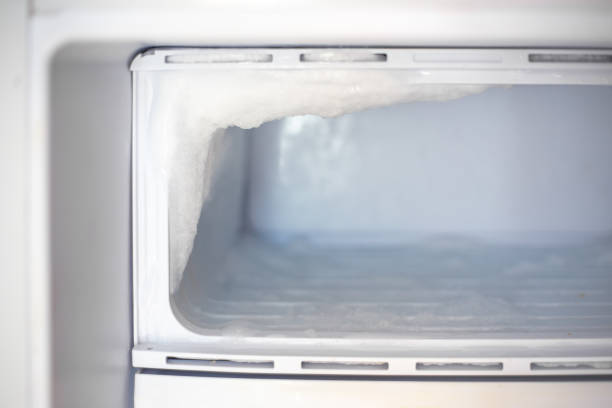

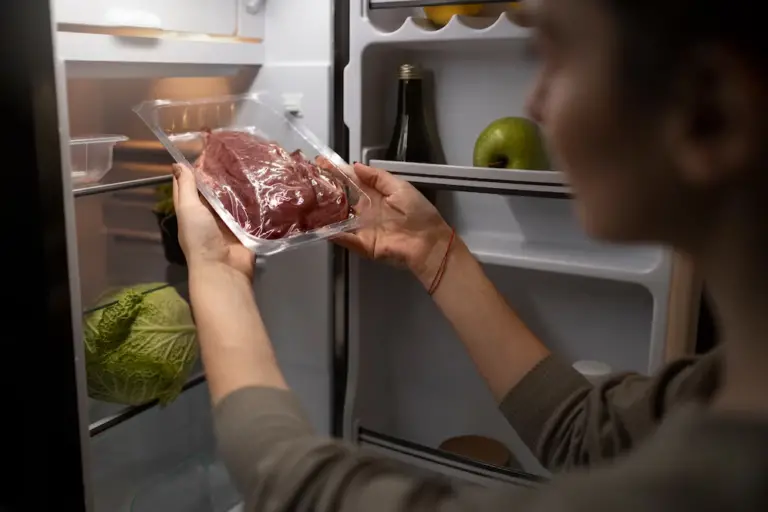
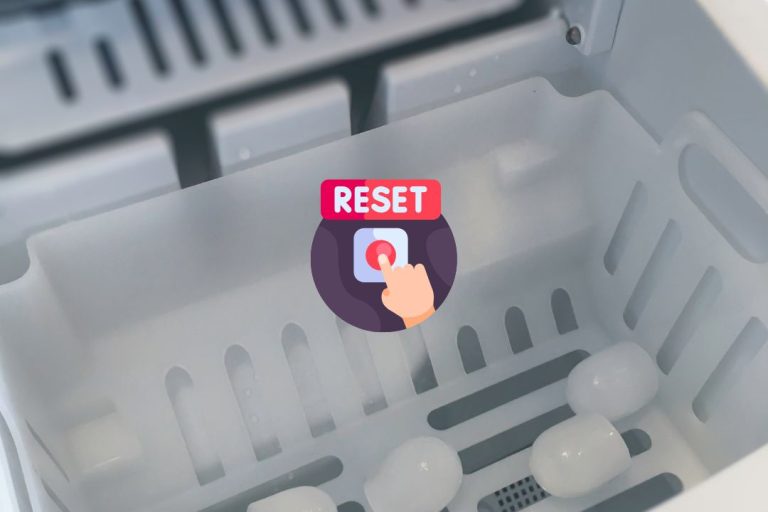
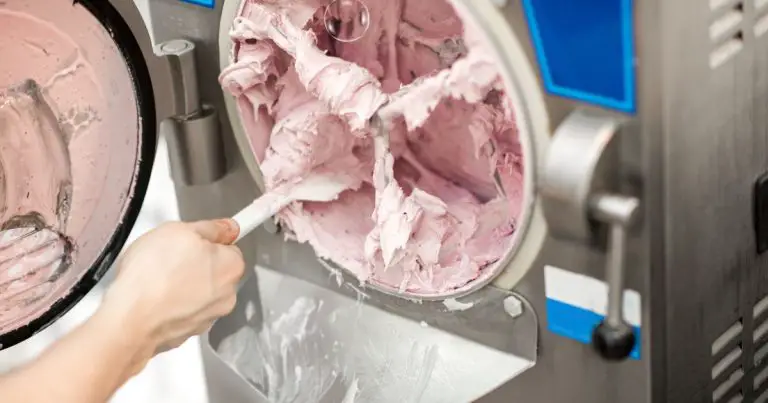


Подробный обзор
7. API: как это работает на практике
exempl com [url=https://www.apiaccess.ru/#exempl-com]https://www.apiaccess.ru/[/url] .
Absolutely written content material, thanks for information. “The bravest thing you can do when you are not brave is to profess courage and act accordingly.” by Corra Harris.
I would like to thnkx for the efforts you’ve put in writing this site. I am hoping the same high-grade web site post from you in the upcoming as well. Actually your creative writing abilities has encouraged me to get my own web site now. Actually the blogging is spreading its wings rapidly. Your write up is a good example of it.
индивидуальный подход к каждому дому.
проекты домов из газобетона [url=https://www.planirovkidomov24.ru/catalog/doma-iz-gazobetona/]https://www.planirovkidomov24.ru/catalog/doma-iz-gazobetona/[/url] .
купить секс куклу https://24sexy-dolls.ru
I’d should examine with you here. Which is not something I usually do! I take pleasure in reading a post that will make people think. Additionally, thanks for allowing me to remark!
You made some nice points there. I looked on the internet for the subject and found most persons will agree with your site.
I got good info from your blog
Enjoyed studying this, very good stuff, thankyou. “Talk sense to a fool and he calls you foolish.” by Euripides.
This is the best blog for anyone who needs to search out out about this topic. You notice a lot its almost exhausting to argue with you (not that I actually would need…HaHa). You undoubtedly put a new spin on a subject thats been written about for years. Nice stuff, simply nice!
Somebody essentially help to make seriously articles I would state. This is the first time I frequented your website page and thus far? I amazed with the research you made to create this particular publish extraordinary. Magnificent job!
You actually make it seem so easy with your presentation but I find this matter to be actually something which I think I would never understand. It seems too complex and very broad for me. I’m looking forward for your next post, I will try to get the hang of it!
Only wanna input on few general things, The website pattern is perfect, the content is real fantastic. “Art for art’s sake makes no more sense than gin for gin’s sake.” by W. Somerset Maugham.
What i do not understood is in fact how you are no longer really a lot more well-appreciated than you might be right now. You’re so intelligent. You know thus considerably in relation to this topic, made me in my opinion imagine it from a lot of various angles. Its like men and women are not interested unless it’s one thing to do with Lady gaga! Your personal stuffs nice. Always maintain it up!
Hello there! Do you use Twitter? I’d like to follow you if that would be okay. I’m absolutely enjoying your blog and look forward to new updates.
Write more, thats all I have to say. Literally, it seems as though you relied on the video to make your point. You obviously know what youre talking about, why throw away your intelligence on just posting videos to your weblog when you could be giving us something informative to read?
After study a few of the blog posts on your website now, and I truly like your way of blogging. I bookmarked it to my bookmark website list and will be checking back soon. Pls check out my web site as well and let me know what you think.
Thank you a lot for giving everyone such a marvellous opportunity to read from this site. It really is so ideal and stuffed with a good time for me personally and my office peers to search the blog more than thrice in one week to study the new issues you have. And definitely, I’m just at all times amazed concerning the incredible secrets you give. Certain 2 areas in this article are indeed the most impressive we have all had.
Nice read, I just passed this onto a colleague who was doing a little research on that. And he actually bought me lunch because I found it for him smile Thus let me rephrase that: Thank you for lunch! “By nature, men are nearly alike by practice, they get to be wide apart.” by Confucius.
F*ckin’ remarkable things here. I’m very glad to see your post. Thanks a lot and i’m looking forward to contact you. Will you please drop me a mail?
I conceive you have mentioned some very interesting points, regards for the post.
I enjoy your writing style really loving this web site.
Some genuinely nice stuff on this internet site, I like it.
After study a number of of the weblog posts on your website now, and I actually like your way of blogging. I bookmarked it to my bookmark website record and might be checking back soon. Pls check out my site as well and let me know what you think.
The next time I read a blog, I hope that it doesnt disappoint me as much as this one. I mean, I know it was my choice to read, but I actually thought youd have something interesting to say. All I hear is a bunch of whining about something that you could fix if you werent too busy looking for attention.